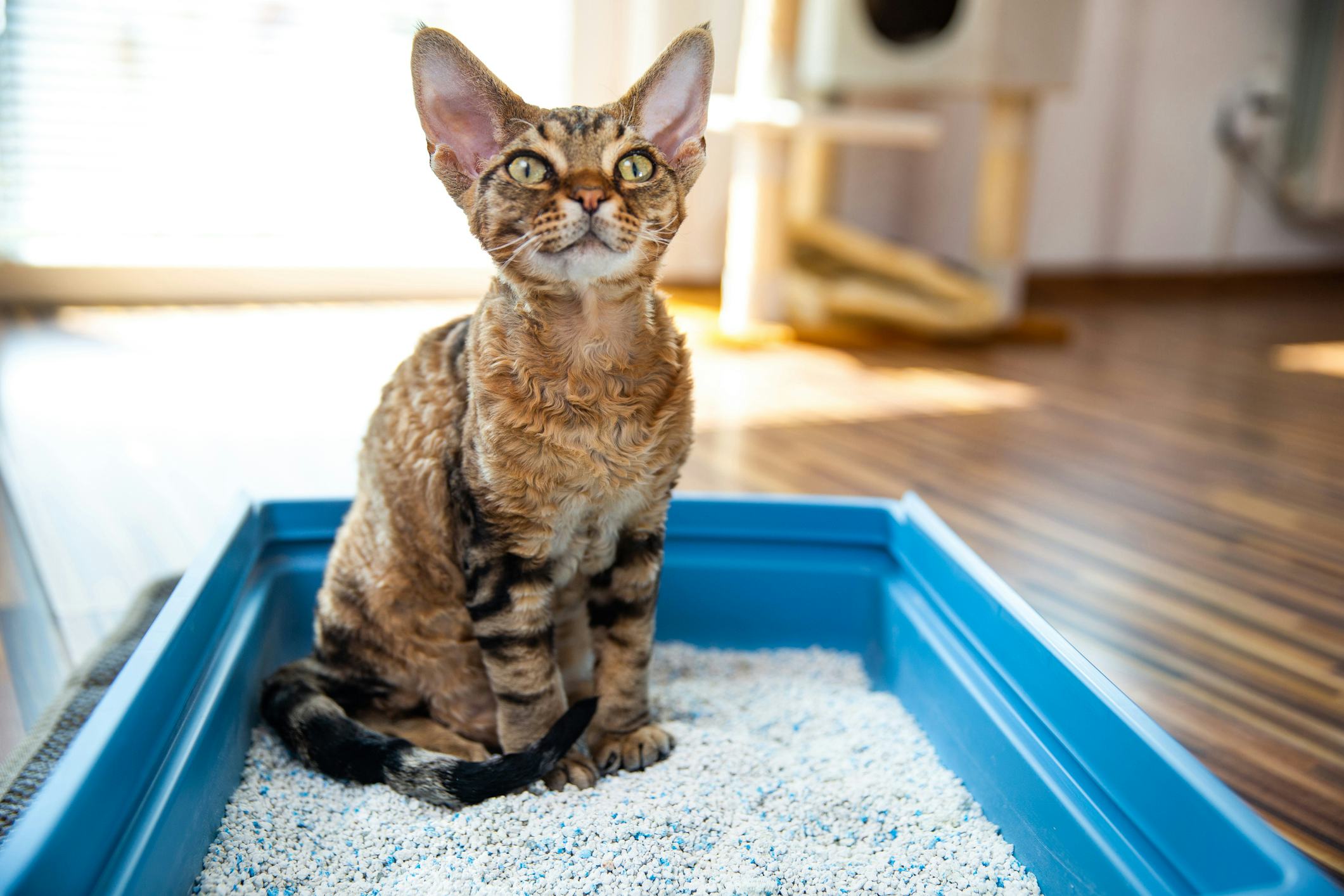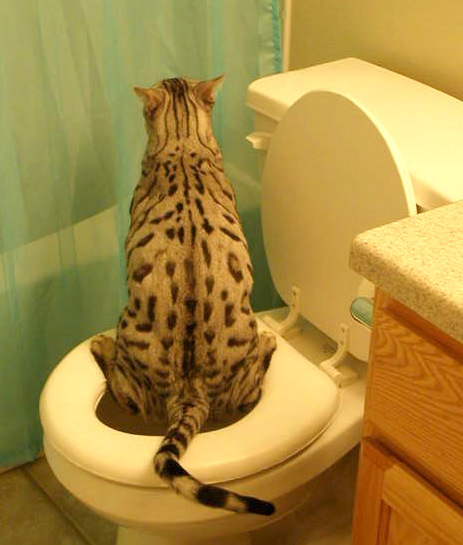The Risks of Disposing Cat Poop in Your Toilet - Preventive Measures
The Risks of Disposing Cat Poop in Your Toilet - Preventive Measures
Blog Article
They are making several great annotation about How to Dispose of Cat Poop and Litter Without Plastic Bags as a whole in this great article below.

Intro
As pet cat owners, it's important to be mindful of exactly how we take care of our feline pals' waste. While it might appear hassle-free to flush feline poop down the toilet, this practice can have harmful repercussions for both the atmosphere and human wellness.
Alternatives to Flushing
Thankfully, there are much safer and extra accountable means to deal with feline poop. Think about the complying with choices:
1. Scoop and Dispose in Trash
One of the most typical approach of disposing of cat poop is to scoop it into a biodegradable bag and toss it in the trash. Make sure to use a specialized clutter scoop and get rid of the waste without delay.
2. Usage Biodegradable Litter
Go with naturally degradable feline trash made from materials such as corn or wheat. These trashes are eco-friendly and can be securely taken care of in the garbage.
3. Hide in the Yard
If you have a backyard, take into consideration hiding feline waste in an assigned area away from veggie yards and water resources. Be sure to dig deep adequate to avoid contamination of groundwater.
4. Set Up a Pet Waste Disposal System
Purchase a pet dog garbage disposal system especially made for pet cat waste. These systems use enzymes to break down the waste, reducing smell and ecological impact.
Health Risks
In addition to ecological issues, flushing pet cat waste can likewise present health threats to people. Cat feces may have Toxoplasma gondii, a parasite that can trigger toxoplasmosis-- a possibly severe illness, especially for pregnant females and people with damaged immune systems.
Ecological Impact
Purging cat poop presents damaging virus and parasites into the water supply, posturing a considerable danger to water ecological communities. These contaminants can adversely influence aquatic life and concession water quality.
Final thought
Responsible pet possession extends past supplying food and shelter-- it likewise involves correct waste monitoring. By refraining from purging feline poop down the toilet and choosing alternate disposal methods, we can lessen our environmental footprint and protect human health and wellness.
Why Can’t I Flush Cat Poop?
It Spreads a Parasite
Cats are frequently infected with a parasite called toxoplasma gondii. The parasite causes an infection called toxoplasmosis. It is usually harmless to cats. The parasite only uses cat poop as a host for its eggs. Otherwise, the cat’s immune system usually keeps the infection at low enough levels to maintain its own health. But it does not stop the develop of eggs. These eggs are tiny and surprisingly tough. They may survive for a year before they begin to grow. But that’s the problem.
Our wastewater system is not designed to deal with toxoplasmosis eggs. Instead, most eggs will flush from your toilet into sewers and wastewater management plants. After the sewage is treated for many other harmful things in it, it is typically released into local rivers, lakes, or oceans. Here, the toxoplasmosis eggs can find new hosts, including starfish, crabs, otters, and many other wildlife. For many, this is a significant risk to their health. Toxoplasmosis can also end up infecting water sources that are important for agriculture, which means our deer, pigs, and sheep can get infected too.
Is There Risk to Humans?
There can be a risk to human life from flushing cat poop down the toilet. If you do so, the parasites from your cat’s poop can end up in shellfish, game animals, or livestock. If this meat is then served raw or undercooked, the people who eat it can get sick.
In fact, according to the CDC, 40 million people in the United States are infected with toxoplasma gondii. They get it from exposure to infected seafood, or from some kind of cat poop contamination, like drinking from a stream that is contaminated or touching anything that has come into contact with cat poop. That includes just cleaning a cat litter box.
Most people who get infected with these parasites will not develop any symptoms. However, for pregnant women or for those with compromised immune systems, the parasite can cause severe health problems.
How to Handle Cat Poop
The best way to handle cat poop is actually to clean the box more often. The eggs that the parasite sheds will not become active until one to five days after the cat poops. That means that if you clean daily, you’re much less likely to come into direct contact with infectious eggs.
That said, always dispose of cat poop in the garbage and not down the toilet. Wash your hands before and after you clean the litter box, and bring the bag of poop right outside to your garbage bins.
https://trenchlesssolutionsusa.com/why-cant-i-flush-cat-poop/

As an enthusiastic reader on Can You Flush Cat Poop Down The Toilet?, I was thinking sharing that portion was a great idea. Those who liked our blog posting kindly make sure you remember to share it. I truly appreciate reading our article about How to Dispose of Cat Poop and Litter Without Plastic Bags.
Visit Homepage Report this page